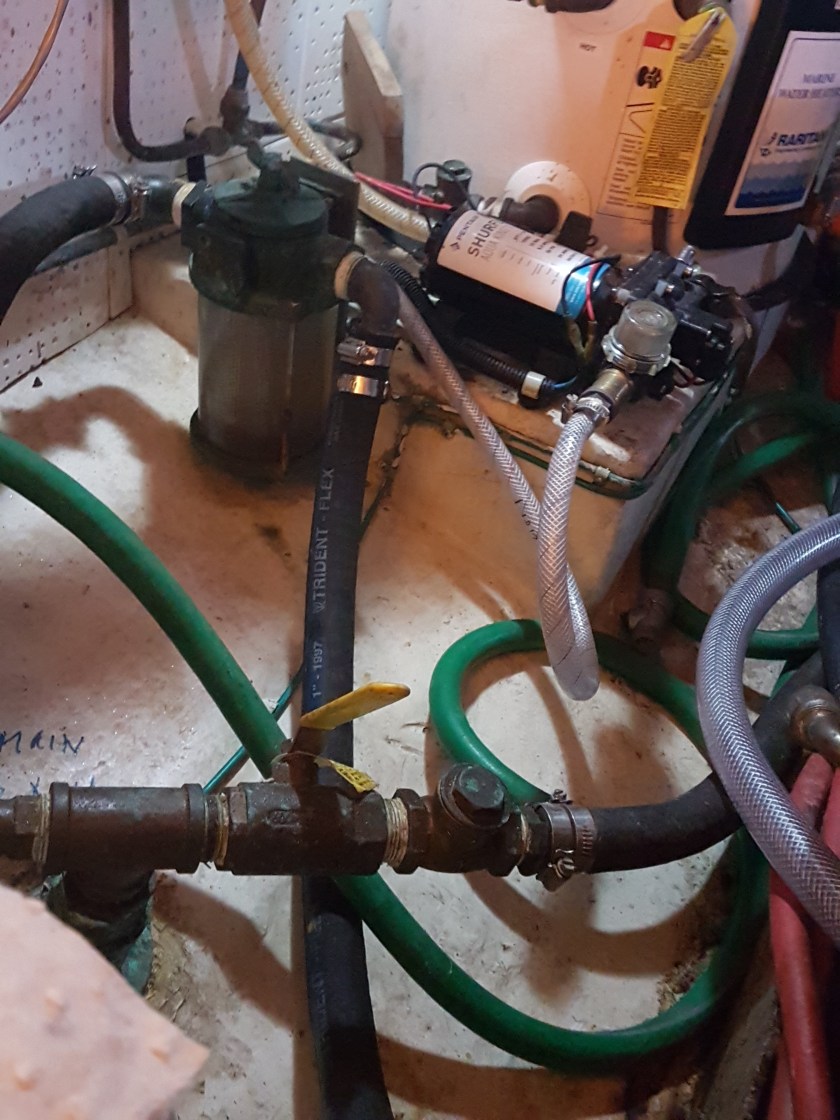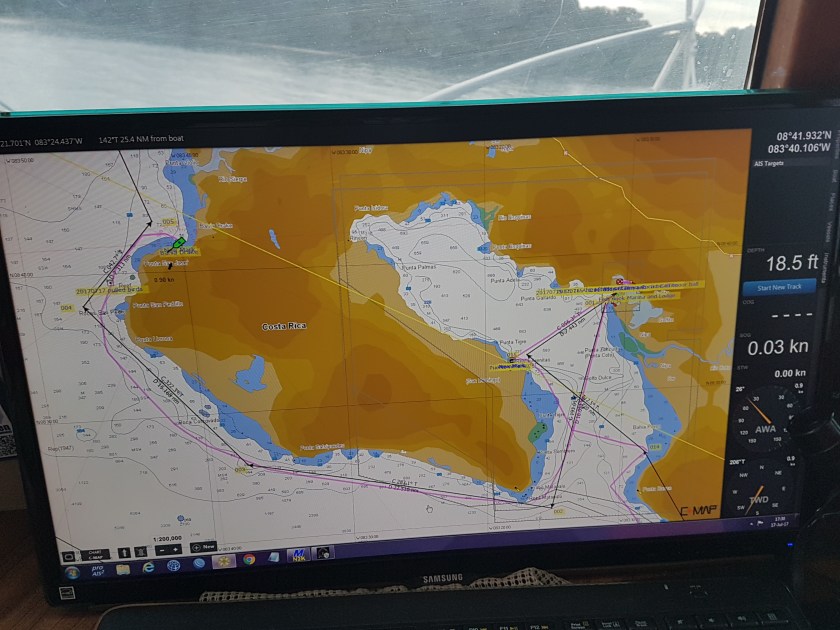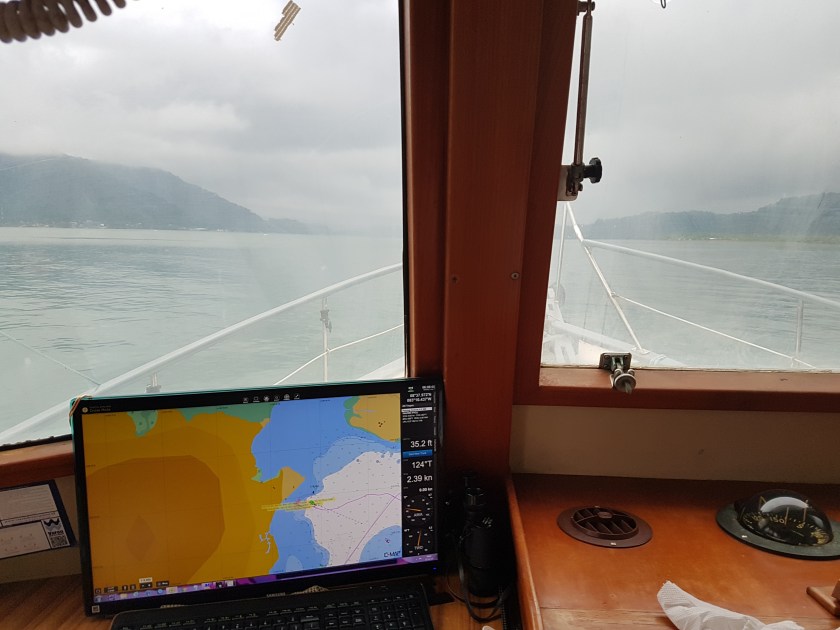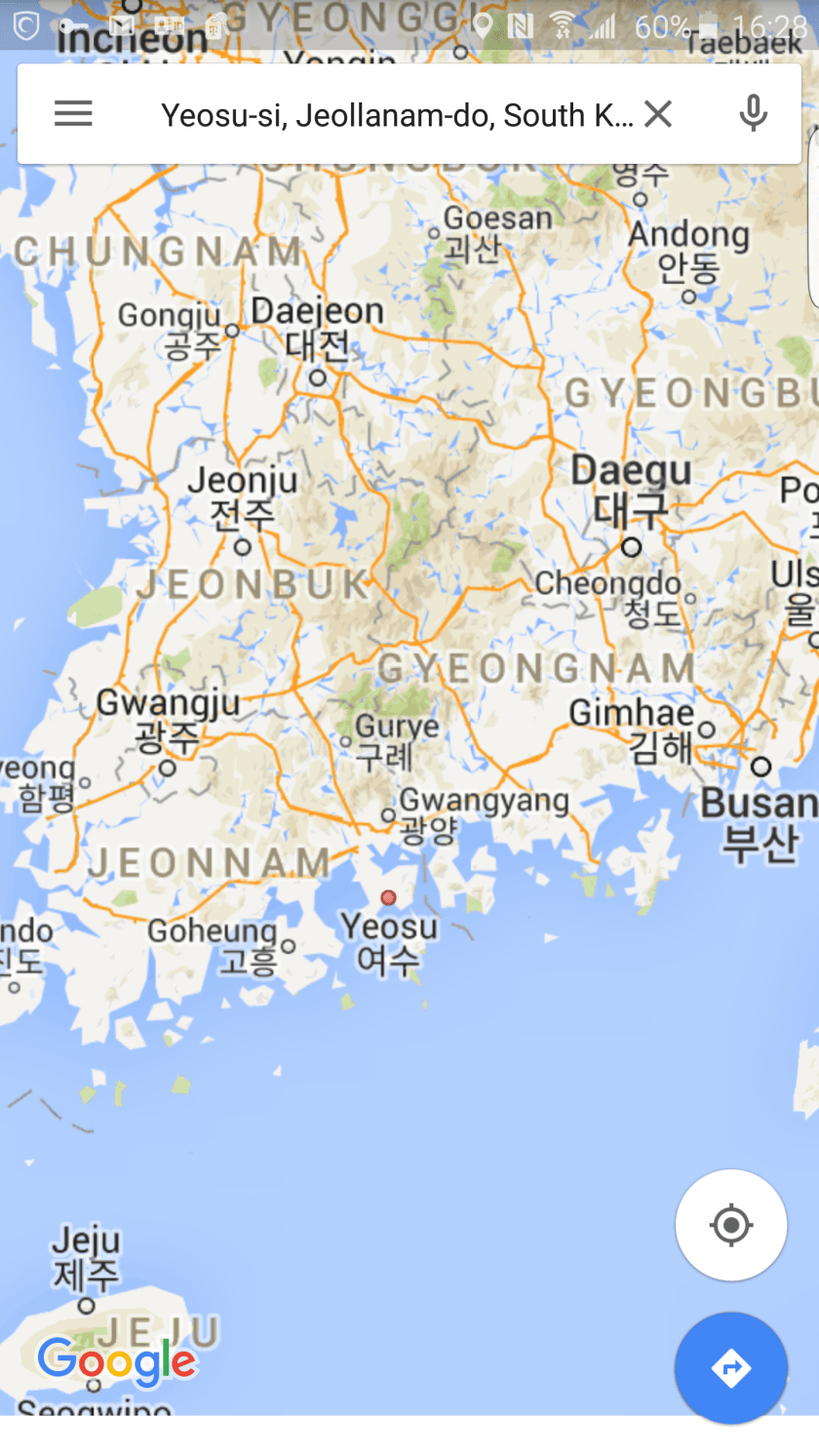
Well, it would probably take a book I’m too lazy to write.
But as I sit here in the sweltering heat of Mexico, air conditioning or lack thereof has become my number one concern.
Having spent two years in Northern Europe, AC was the least of my concerns. So last year when cruising south, once I hit Portugal, the heat hit us at the same time. Like leaving a room that was a pleasant 68° (20°C) and entering a furnace that was in the 90°s (>32°).
Dauntless has two air conditioning (AC) systems. One for the back of the boat, like the salon and second cabin, the other, for the forward sections, the forward cabin and pilot house. Of course, neither one was working.
Somewhere in the Caribbean, finally realizing that this heat and humidity was unrelenting, I tackled the issue and in a remarkable time, got both units working. Relief at last. But this isn’t about that.
So, for the last couple months, I have luxuriated in the coolness of modern living. Now, air conditioning only works if I am at a marina and plugged into shore power or if I run the boat’s generator.
Then last week, my cool times came to an abrupt end. My aft AC stopped cooling and then started blowing hot air. That won’t work.

Boat AC’s working using water pumped through the condenser to make cool air. (Home AC’s use air to cool the condenser).
So, when there is a problem, the first thing to check is water flow. And in fact, there was not any water flow or maybe just a dribble when it should be coming out like a water hose.
Easy fix I thought. It started well. I checked the sea strainer, which is exactly that, it strains sea water so that the water pump only gets water and not sea weed, sticks, fish and whatever got sucked into the thru hull opening. The strainer was full of crap and water was just dribbling out, when it should have been gushing out.
Oh, that was easy. But on a boat, the systems in place that makes everything run as they must, can become complicated.
I cleaned out the strainer. Put it back together and that started the last seven days of trial and error.
I hadn’t cleaned or opened the strainer in probably 4 years. It had a lot of corrosion around it. I brushed and cleaned it up as well as I could. Put it back together again, turned on the AC pump and all was well.
For about 10 minutes.
As of yesterday, the 6th day, I got the time up to two hours. It would run OK for two hours and then quit. I would need to let it rest about an hour and then do the process all over again.
Somewhere between the thru-hull and the AC water pump, air was being sucked into the system. The water pump is sucking so hard and it’s always easier to suck air than water. So even the smallest crack will allow air to be sucked in. That air then collects at the highest point in the system, at the aft AC unit, at which point the air blocks the water and the AC stops cooling.
That has been my last 7 days.
Every day I tried something new. I even made new gaskets from rubber sheets, I’ve did all sorts of things to try to fix the strainer. Sure, there has been some improvement, but it wasn’t fixed.
But I didn’t have a spare strainer. What to do?
One of my lessons learned from crossing oceans is there is always a solution.
When you are in the middle of the Atlantic, there’s no Boat US, no AAA, no nothing, only you and the odds and ends you happen to have.
I realized I did not have a spare sea strainer, but I did have two other sea strainers!
I could simply bypass the AC strainer and put a hose between one of the other strainers to the AC water pump. Then if there is still a problem, it would mean it’s the pump itself.
I’d decided to use the Generator strainer. The gen is not being used and won’t be until next summer. Also, should I mess that system up, it’s not a critical component, like the main engine.
The AC sea strainer uses 1” hose. Turns out the gen sea strainer uses ¾” hose. The gen doesn’t use much cooling water, but the AC’s use a lot.
The main engine sea strainer was 1” hose, so I decided to use that. That has enabled me to sit here a couple of hours later and write this piece in the cool comfort of the Kadey Krogen salon.
Which raises another even more important issue. The first rule of Ocean Crossing, Do No Harm. Don’t fix one problem by making another.
Only because Dauntless will spend the winter here in Huatulco, Mexico, would I consider messing with the main engine’s sea strainer.
There is always a lot of blather about single engine boats crossing oceans. Large commercial boats do it all the time, but then they are not affected by marketing.
If one looks at engine failures on single engine boats versus multi engine boats, the preponderance is a failure of one of the two engines on a multi engine boat. Why is that? On the face of it, the numbers should be exactly the same. Why aren’t they?
They are not the same because both consciously and unconsciously people take care of stuff better when they only have one versus two. Of anything.
How many times have you lost a key after having gotten extra keys made? How many times have you lost your only key?
If I was getting underway in the foreseeable future. I would never have touched the main engine’s sea strainer. Even though Dauntless is going to be here for the next 8 months, if my plan was to come back and get her ready to cross the Pacific, I would never have touched the sea strainer now.
Only because I have the luxury of knowing that: not only will I not be using the engine until next summer, even then we will be slowly moving up the coast. I have a few years and a few thousand miles of coastal cruising before setting across the North Pacific.
A boat is all about systems. A motor boat even more because it takes more complicated systems to run in a dependable manner. So, I am very careful not to mess with systems that don’t need it. Remeber, Do No Harm.
In opening up the AC sea strainer, I messed with that system. I upset something.
Turns out, in getting ready to bypass the AC strainer, I noticed the end of the outlet hose was very hard. Is it possible that when I opened the strainer, I broke the seal between this hose and the strainer nipple? Even though the two clamps were tight. (All connections to thru hulls have two clamps)
I decided before I did anything else, to cut 2″ off the end of that hose and re-attach it. I did and that solved the problem once and for all. Yesterday, the ACs worked for 12 hours with nary a problem.
So even with a solution in hand, keep trying to determine the real problem. Otherwise, it may come back to haunt you in the most inopportune time.
When I had the hydraulic hose failure in the middle of the Atlantic. I caused the problem because I turned the wheel knowing the rudder was already at its stop. Thus I did harm. This forced the fluid to go somewhere and it burst the hose at its weakest point. Luckily for me, that point was easy to find and relatively easy to replace.
But I will never do that again.
Here is the video of me replacing that hose. The seas were about 8 to 15 feet. We were stopped in the water like that for about 30 minutes, because I had to be careful not to make a small problem worse by breaking one of the fittings from the three-way coupling:
I tried to get Micah who was holding the camera to get the overall picture and show the big waves that would approach Dauntless and then disappear under the boat. But that seemed to unnerve him. He wouldn’t look out. Oh well, it could have been worse.
So, one of my lessons learned in crossing the Atlantic: There is always an alternative, there is always a way, a bypass, a work around, but there is always a way. You just have to think about it.















